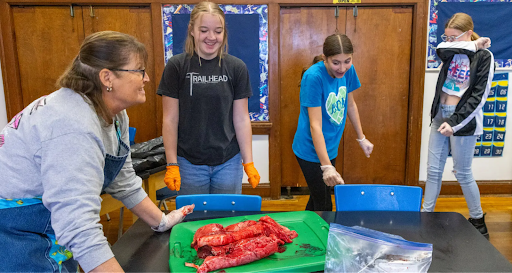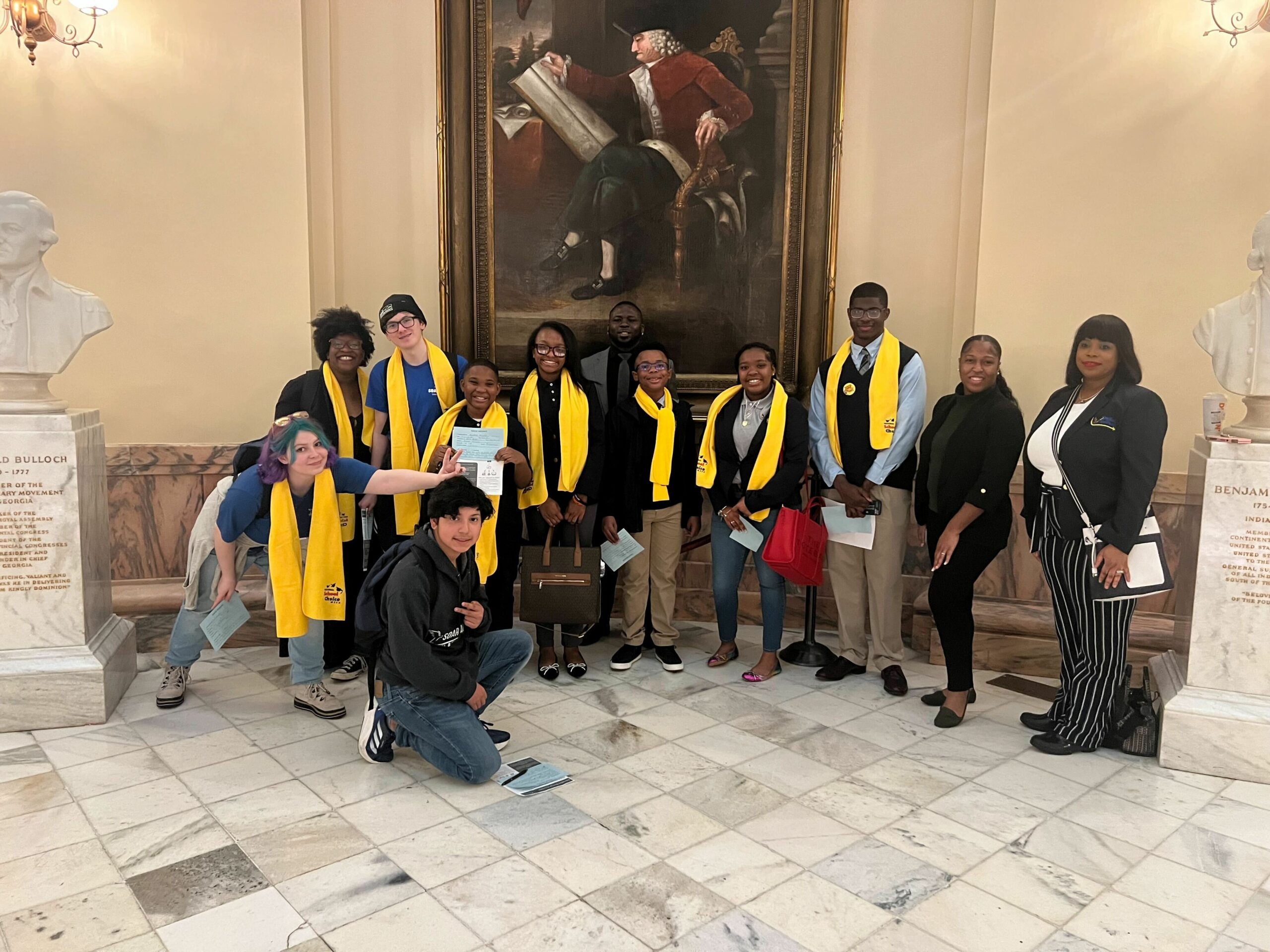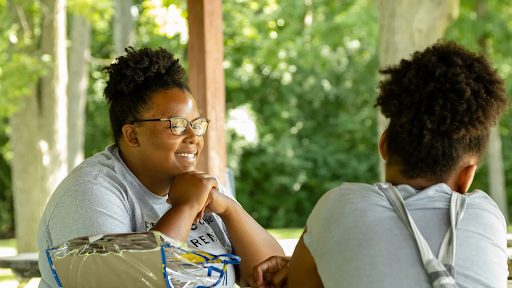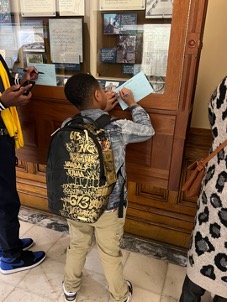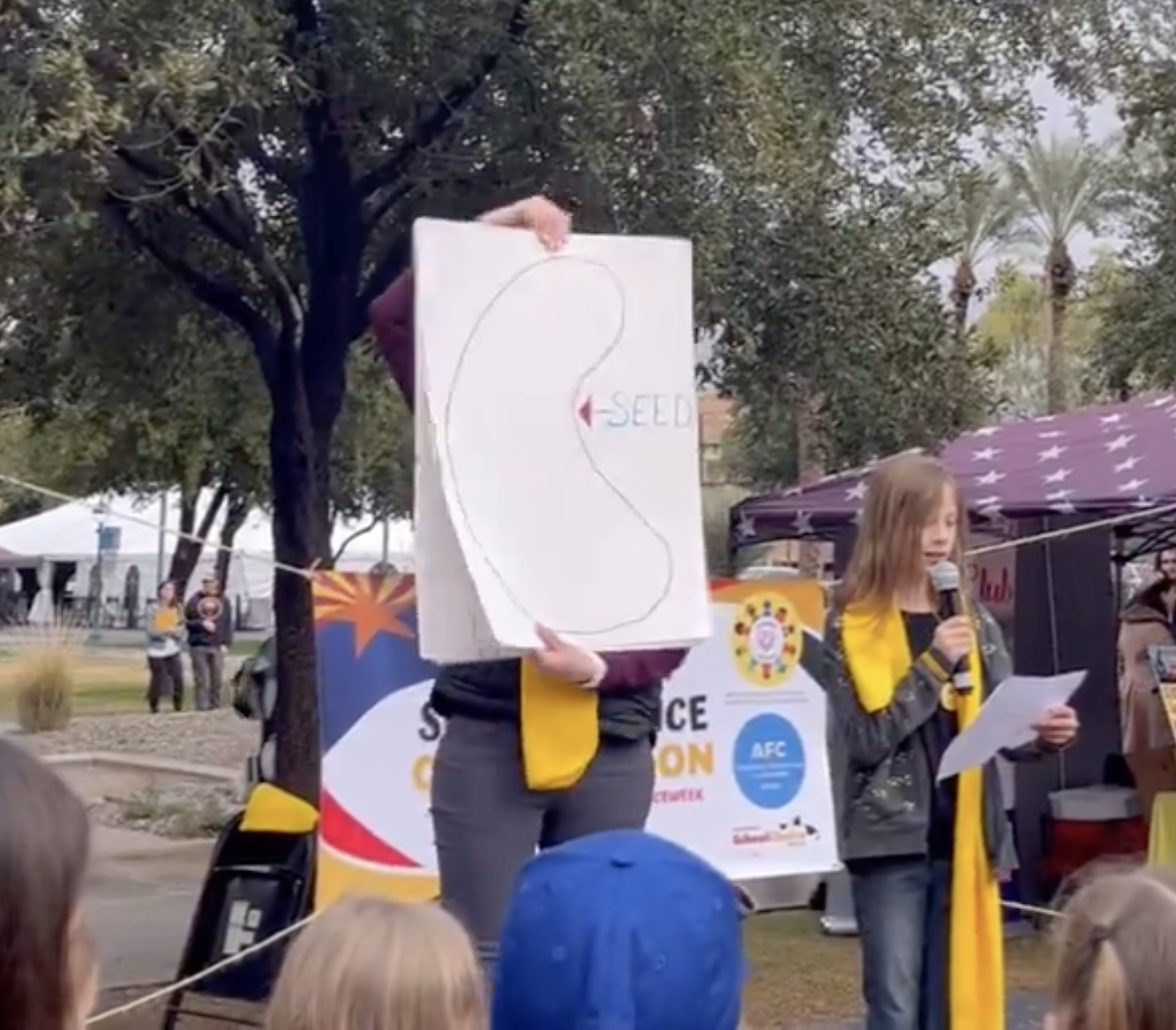Jump to: Top Tasks | From the Field | Key Resources | Moments of Resilience
It is week 158 of our new reality, and Geoffrey Canada is stunned that our leaders aren’t more fired up about the crisis in our schools.
“I feel like I just need to stand on a mountaintop and just yell, ‘Take this seriously! Everything is at stake right now!’” he shared in a must watch segment on CBS Sunday Morning. “This is not just poor kids who are living in the urban centers. It’s all over America. There’s been a dramatic drop in ELA and in math scores. This goes along with the loss of students in school, with the increased violence that’s happening and the behavioral problems that kids are facing. In my career of more than 45 years, I’ve never seen anything like this.”
In the segment, Canada calls for a bolder response grounded in key elements of the Believe in Better framework we rolled out in 2021, including “intensive tutoring throughout the week; extending the school day; and keeping classrooms open in the summer.”
SUBSCRIBE
Last time, we took a closer look at the promise of AI with John Bailey and explored how the Land of Enchantment is leading the way forward on the science of reading. This week we take stock of the progress made this year in the Peach State while digging deeper into nationwide trends that could force a big shift in focus on education policy.
TOP TASKS
Learn from Peach State persistence
“Advocacy demands a long-term commitment to your cause,” we wrote in our first AdvocacyLabs report. “Typically, advocates must invest years of work before their campaign shows results … Yet, despite the challenges, staying the course works: the common characteristic of successful efforts is persistence.”
A decade ago Michael O’Sullivan and Steven Quinn embarked on a journey to put kids’ interests at the center of education policy in the Peach State. It was an effort that faced long odds but their leadership–and the hard work of hundreds of advocates across the state–has paid off with more than two dozen major wins for kids.
Last year the team expanded the statewide student scholarship tax credit by $20 million and removed the sunset provisions, secured $7.5 million for charter school facilities and $4 million for charter school startups, ensured that the state’s system of assessments, accountability and evaluations was preserved and protected, and helped launch an initiative to align career pathways to high demand industries.
This year, in a legislative session that came to a close late Friday night, the team put the focus on the science of reading with two bills, HB 538 and SB 211, that secured strong, bipartisan support for a comprehensive overhaul of how the students of the Peach State learn to read. Both bills are now headed to the governor’s desk for his signature.
Authored by Rep. Bethany Ballard, HB 538, the Georgia Early Literacy Act, guarantees that students in grades K-3 have access to high-quality instructional materials aligned with the science of reading. It supports educators with professional development on the science of reading, requires that teacher certification assessments align with evidence-based literacy instruction appropriate to a student’s development and provides for early grade reading screenings to identify students falling behind to offer additional support. SB 211, authored by Senator Billy Hickman, establishes the Georgia Council on Literacy to continue to investigate, guide, and recommend further improvements in reading instruction.
The GeorgiaCAN team also pushed forward their focus on expanding options for kids. This year they succeeded in increasing the state’s charter school facilities fund in the state budget to $9.2 million and came up just short on SB 233, the “Georgia Promise Scholarship Act,” which would have created the state’s first Education Savings Account (ESA).
The bill proposed providing families with $6,500 per child that they could use to pay for a wide range of authorized educational services, such as private school tuition, online courses, tutoring, special education supports, curriculum, and more. It has been a long-standing goal of the GeorgiaCAN team and for the first time this year it passed the Georgia Senate. Unfortunately, in the final day of session it came up just short in the House, losing 89 to 85.
GeorgiaCAN Executive Director Michael O’Sullivan, in reflecting on the loss, shared, “It’s a disappointment, especially with how close we came, but iterations of this legislation have been tried nearly every year and we’ll see it again soon. For our team and coalition, it’s a reminder that the quantity of champions in our legislature is critical and we need more of them. We’ll be back at it next year, buoyed by our wins on literacy that’s going to really enhance the literacy of 1.6 million Georgia students.”
THE TASK OF THE WEEK IS
Get ready for the coming baby bust in big cities
Our work in education is predicated on an assumption that seems so obvious that it often escapes our attention: every year, there will be new kids in our communities that need to be taught.
A new presentation by Brian Eschbacher—the former Executive Director of Denver Public Schools’ SchoolChoice system—is causing all of us here at 50CAN to revisit those assumptions and think about how shifting demographics in America will necessitate a shift in ed reform strategy.
“On a rate basis, the U.S. has the lowest birth rates in its history right now, something that was already trending downward prior to the pandemic,” Brian shared in an interview. “When you look at industrialized countries from western Europe to eastern Asia, there is little evidence that these will increase given their respective trends. Therefore we need to plan for there being fewer children in America for the foreseeable future.”
Indeed, the number of births has declined 16 percent in the United States since 2007. As this decline ripples through our education system in the coming years it will dramatically upend the enrollment assumptions upon which nearly everything in education is based. Students now in high school were born in a relative peak of annual births. Behind them are middle schoolers who have 500,000 fewer students per grade. Among the youngest Americans, who have yet to enter the school system, there has been another big drop in annual births. Taken together, we are on track to have at least 700,000 fewer students per grade across our schools in the coming years.

But these national statistics only tell half the story. “While there are variances between states and within states, we are seeing that many urban areas are being particularly impacted by these trends,” Brian explained. “The number of people under 18 living in urban areas has declined over the last five years due to a combination of births and housing pressure. This is causing there to be fewer children living in urban areas, which is resulting in lower enrollment across all school types: public and private. By looking at the under-five year old population in those same areas, this too seems unlikely to improve in the near future, meaning that the enrollment pressure that schools are feeling are likely to continue into the future.”
This has big implications for the urban charter schools that have been a centerpiece of the education reform movement for much of the last two decades. Over the past five years the under-18 population in key cities like Los Angeles, New Orleans, Denver and the Bronx have plummeted. In many big cities this decline in children will only accelerate in the years ahead.

The overall decline in births in the United States, the drop in immigration and the trend of families moving out of urban cores to suburbs and exurbs is creating a perfect storm that will upend the education landscape.
“In a dramatic reshaping of its makeup, Boston Public Schools has lost half its Black student population in the last two decades, as Black enrollment fell from 29,300 in the 2002-2003 school year to 14,600 last year,” writes Jenna Russell and Christopher Huffaker in the Boston Globe. “There is no one reason for this colossal shift; it is part of a larger demographic trend, as the city has become home to fewer children overall, birth rates have declined, and the city’s housing crisis, with out-of-reach prices and limited supply, is driving Black families, like many other families, to move away.” The communities not experiencing these sharp declines are increasingly outside of the boundaries of these big cities.
The prevailing narrative that these suburban and exurban communities are universally affluent and well-resourced is a significant obstacle to acknowledging the need for change. The result is a philanthropic focus on big cities that has left many students in these non-urban communities underserved and an advocacy strategy that has neglected huge numbers of students in every state by underinvesting in suburban and exurban outreach. As Jay Caspian points out in The New York Times, from “2000 to 2015, the poor population in the suburbs of America’s largest metropolitan areas, defined here as the population living below the federal poverty line, grew by 57 percent” while a decade of families moving away from urban cores has resulted in a transformed landscape: more than half “the Black, Latino and Asian people in major metropolitan areas in America live in the suburbs, not within city limits.”
THE TASK OF THE WEEK IS
FROM THE FIELD
As a result of TennesseeCAN’s advocacy, the summer learning camps program that was launched in response to Covid learning loss is on track to become a permanent feature of the public education system, with bill HB68/SB249 passing both chambers and awaiting the Governor’s signature. Additionally, a notable $32 million has been allocated for charter facilities within the current budget. TennesseeCAN’s strong support for the Open Enrollment bill (HB959/SB973) helped ensure it passed out of the Senate committee with a 5-4 vote, and is now awaiting a House committee vote. This bill mandates Local Education Agencies (LEAs) to make their open enrollment processes public, prompt and transparent. Finally, TennesseeCAN is championing a new ESA bill (HB433/SB12), which expands the program to Hamilton County (Chattanooga) and was passed by the Senate.
HawaiiKidsCAN has made strides in promoting computer science education to ensure that when students graduate they’ll have a path toward a meaningful career. The bill they are currently shepherding, which mandates the inclusion of computer science in the curriculum, has been widely discussed and received positive coverage from local news outlets, including the Star Advertiser. The article highlights the ongoing debate surrounding the implementation of this mandate, showcasing the growing awareness and importance of computer science education for Hawaii’s public school students.
Amanda Aragon, executive director of NewMexicoKidsCAN, fresh off the team’s victory on science of reading legislation, was featured in both local and national media this week, including an EdWeek piece examining union opposition. “I’m looking at data that shows we have the worst reading results in the country,” she shared, “And I think that in order to make rapid change that our students deserve, it’s going to take aligned instruction,” she said, referring to 2022 results on the National Assessment of Educational Progress.”
Key Resources
The American Enterprise Institute highlighted charter schools that provided students with college credentials upon graduation.
Fordham Institute shared research on whether charter schools drained resources from traditional public schools, challenging common assumptions.
FutureEd explained the latest trends in public funding for private schools and their implications, finding that states are now cumulatively providing $4 billion in scholarships and subsidies for educational choice.
Center on Reinventing Public Education reviewed evidence and emerging solutions for addressing student mental health and well-being in schools.
Brookings Institution compared Google’s BARD and OpenAI’s ChatGPT, analyzing their performance on political bias, factual accuracy, and morality.
WorkRise Network will host an event tomorrow at 3:00 pm ET, discussing the challenges and opportunities of tight labor markets in creating mobility ladders for low-wage workers.
Moment of Resilience
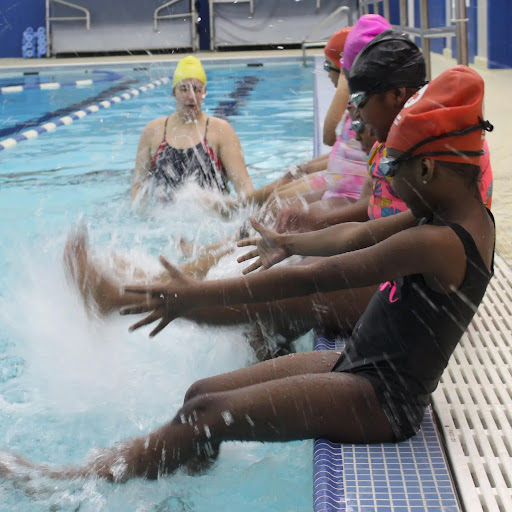
Students from LEARN Excel Charter School on the west side of Chicago prepare for a swimming lesson at the Martin Luther King Jr. Boys and Girls club. A partnership between the school and club resulted in a free, eight-week-long swim lesson for every student. With drowning being the second leading cause of death for American kids, the program was built on removing barriers to access. “A lot of our kids can’t swim,” LEARN Principal Sekou Robertson told Chalkbeat. As for the student experience? “They teach us paddling,” said 7-year-old Supriti Collins. “I love paddling.”



